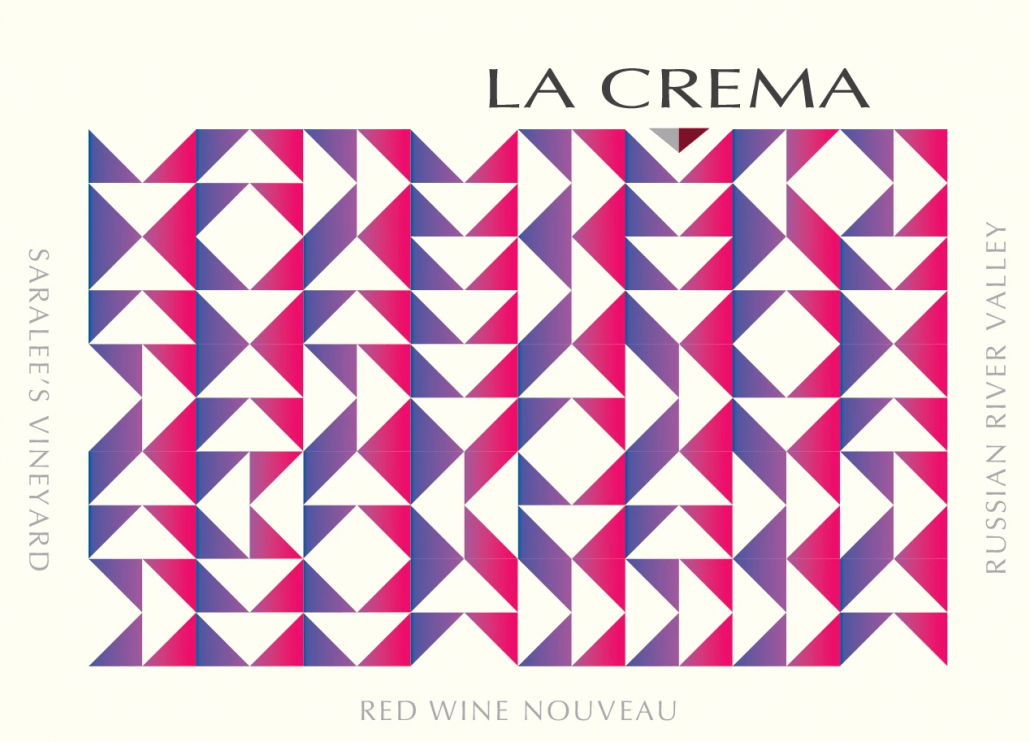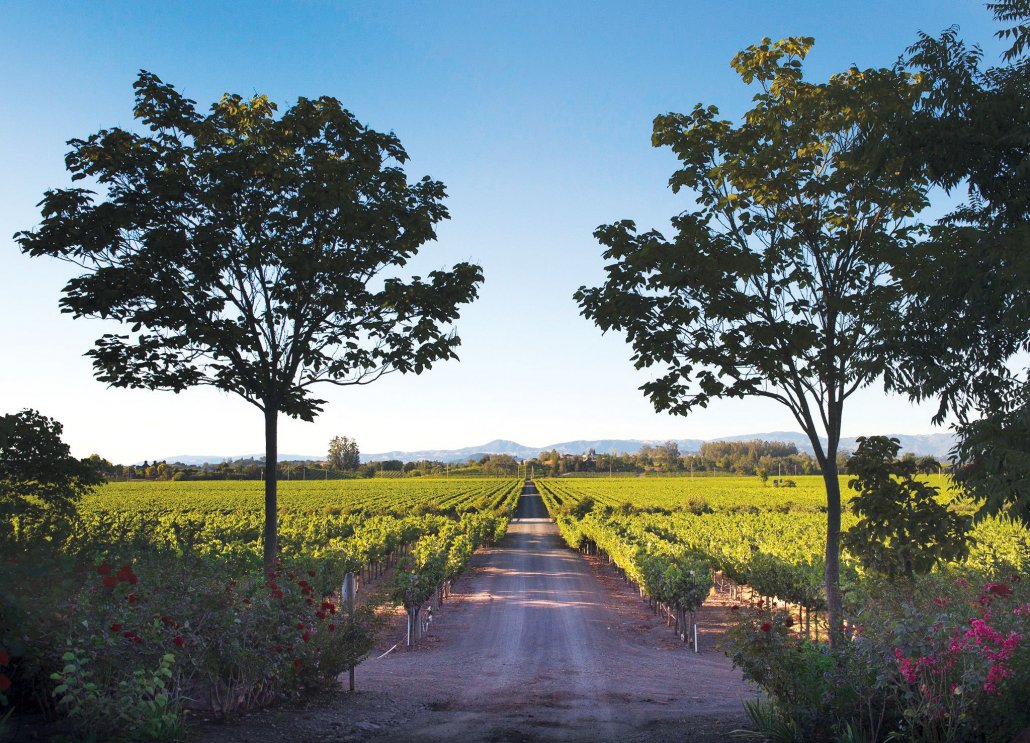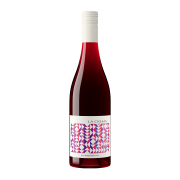
Recent Posts
New Release: Beaujolais-Style Wine
October 14th, 2024
For the past few years, we’ve been working diligently behind the scenes and perfecting a brand new wine for our La Crema lineup: the Red Wine Nouveau! It’s our homage to the classic Beaujolais Nouveau! This may be a newbie to our portfolio, but it’s a classic in the wine world, and we are certain it’s going to become one of your go-to faves for party hopping, Thursday-night dinners, and football Sundays. From its bright aromatics to its sinfully smooth finish, we have outdone ourselves with this latest wine. Continue on to learn more about what Beaujolais Nouveau is, how it’s made, and how we have reimagined this traditionally French wine as our own. But first, let’s cover how to pronounce it: Beaujolais (boh-ju-lay) Nouveau (new-voe).
 Available for purchase on 11/21/2024
$35.00 | $28 for Wine Club Members
Available for purchase on 11/21/2024
$35.00 | $28 for Wine Club Members

Taste the 2024 Saralee's Vineyard Red Wine Nouveau
 Available for purchase on 11/21/2024
$35.00 | $28 for Wine Club Members
Available for purchase on 11/21/2024
$35.00 | $28 for Wine Club Members
Join Us for our Beaujolais Nouveau Day Celebration at La Crema Friday, November 22; 4:00-6:00 p.m.
Sip like the French do and taste this season’s harvest wine mere weeks after we picked the fruit. The Red Wine Nouveau is La Crema’s newest wine and is our homage to the French classic Beaujolais Nouveau. Come celebrate with us at the release event on November 22nd from 4pm to 6pm. Enjoy traditional French music, baguettes, and Brie while you get first access to taste and purchase the newest wine to the La Crema portfolio. Salut! Get Tickets Voila! Now we can get into the nitty-gritty details of this delectable wine.What is Beaujolais Nouveau?
Beaujolais Nouveau is a young, fruity red wine made from the Gamay grape, specifically grown in the Beaujolais region of France. It’s released every year on the third Thursday of November. It is made using a unique winemaking method known as carbonic maceration, which contributes to its distinctive characteristics of fresh, vibrant, and fruit-forward flavors. Like Champagne, it can only be called Beaujolais if it’s made in the Beaujolais region of France. Otherwise, you can call it delicious wine.What is the Carbonic Maceration Method?
There are two different techniques to this method that gives Beaujolais Nouveau its unique characteristics. The first technique is called carbonic maceration. This method works its magic by fermenting whole grape clusters in an oxygen-deprived vessel filled with CO2. This process allows the juice to mingle and ferment naturally within the grape. Once the alcohol levels reach around 2%, the juice breaks free when the skins split open. The second technique is the partial carbonic maceration method. Like the carbonic maceration technique, winemakers fill a vessel with whole-cluster grapes, but instead of filling the vessel with CO2, they rely on the weight of the grapes at the top of the vessel to crush the grapes at the bottom. This releases the juice from the bottom grapes. The juice then ferments and creates CO2, kick-starting the fermentation within the uncrushed grapes. Both of these methods prevent the development of tannins and other compounds that red wine is typically known for. The outcome? A lighter and more vibrant wine with flavors of strawberry, bubblegum, and bananas as well as a beautiful bright hue. It’s the ideal red wine for white wine drinkers looking for something similar in texture to a refreshing white, and it is a great option for red wine drinkers looking for something less weighty but with vibrant, red fruit flavors.Is La Crema’s Red Wine Nouveau made from Gamay Grapes and in Beaujolais?
How amazing would it be if we could pick up our operation and plop it in the middle of Beaujolais France? We would be the first ones in line for the official kick-off celebration (more on that to come)! Although we’d love the opportunity, we’d miss Sonoma and the amazing fruit that grows here, so we created the next best solution: we’re using the Gamay clone of Pinot Noir grown in our home state. Since Pinot is our thing, why change it up?What is a Pinot Noir Clone?
Pinot Noir is the diva of grapes. It’s very particular about the temperature, climate, and soil it grows in. However, even if its growing demands are met, it may still throw a tantrum. That means when Pinot Noir cuttings are propagated in an ideal Pinot Noir terroir, it may throw a slight tantrum in the form of changing its characteristics like color, flavor, and aromas (all the key things that make a varietal unique). Simply put, it’s these character changes that create a new clone. Currently, there are over 1,000 registered Pinot Noir clones. Each clone has distinct characteristics — like the Gamay clone used for our homage to Beaujolais Nouveau. This clone has characteristics our winemaker was looking for to create a wine similar in style, texture, and flavor to that of Beaujolais Nouveau.









